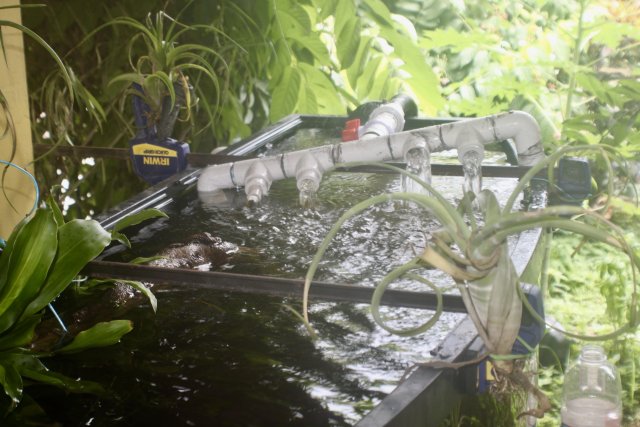I have repaired a number of tanks using the glass sandwich method.

as you can see above, there is a large crack on an end, and a stress crack on the back panel, the repair ran around $50 maybe slightly more, about 8 years ago.
For the end I used two pieces outside and in the same size of the tank panel.
In the back I used 2 panes larger than the crack, to allow for pressure after being filled.
The tank is 6ft L (135 or 150 gal), and is still in use by a friend.
Because I wasn't worried about tensile strength I used GE1.


Besides sealing around the glass edges, I also used silicon on the cracks.
Here it is repaired, the cracks did not grow..

One caveat, if because a brace is broken, and the water pressure is too much, you may want to use something with more tensile strength than GE1.
I have a tank that leaks now after a few earthquakes, and since the two upper braces are broken, although the leak is lessened it still seeps.
Here is a better holding silicone, costs more but well worth a few extra bucks.

If I suspected water pressure might separate seems, I would use it, and add some Euro bracing.
On my seepy tank now I use clamps permanently, because of the frequent earth quakes here, although partially hidden with plants, you can see the clamps in the pic above.



as you can see above, there is a large crack on an end, and a stress crack on the back panel, the repair ran around $50 maybe slightly more, about 8 years ago.
For the end I used two pieces outside and in the same size of the tank panel.
In the back I used 2 panes larger than the crack, to allow for pressure after being filled.
The tank is 6ft L (135 or 150 gal), and is still in use by a friend.
Because I wasn't worried about tensile strength I used GE1.


Besides sealing around the glass edges, I also used silicon on the cracks.
Here it is repaired, the cracks did not grow..

One caveat, if because a brace is broken, and the water pressure is too much, you may want to use something with more tensile strength than GE1.
I have a tank that leaks now after a few earthquakes, and since the two upper braces are broken, although the leak is lessened it still seeps.
Here is a better holding silicone, costs more but well worth a few extra bucks.

If I suspected water pressure might separate seems, I would use it, and add some Euro bracing.
On my seepy tank now I use clamps permanently, because of the frequent earth quakes here, although partially hidden with plants, you can see the clamps in the pic above.




